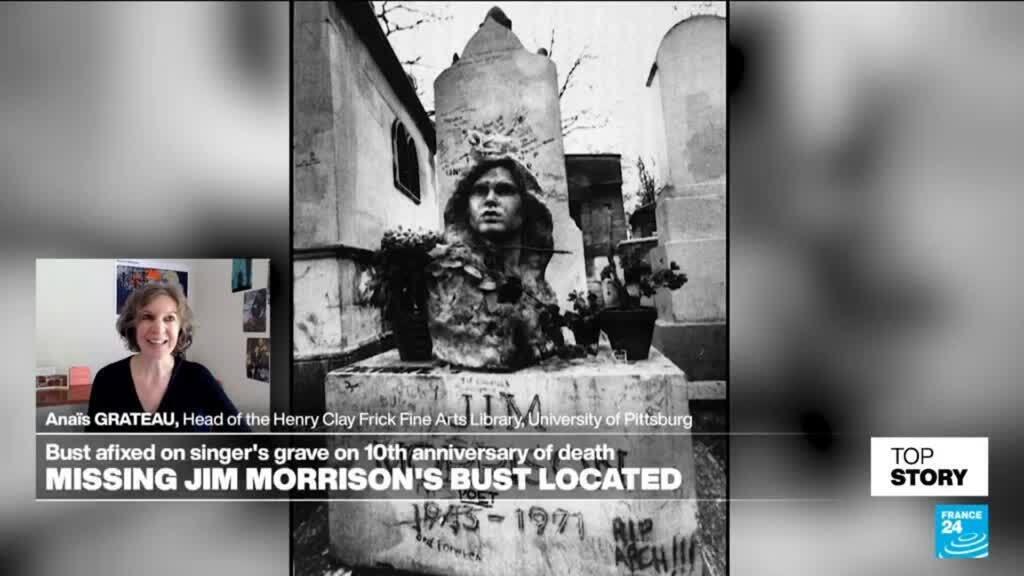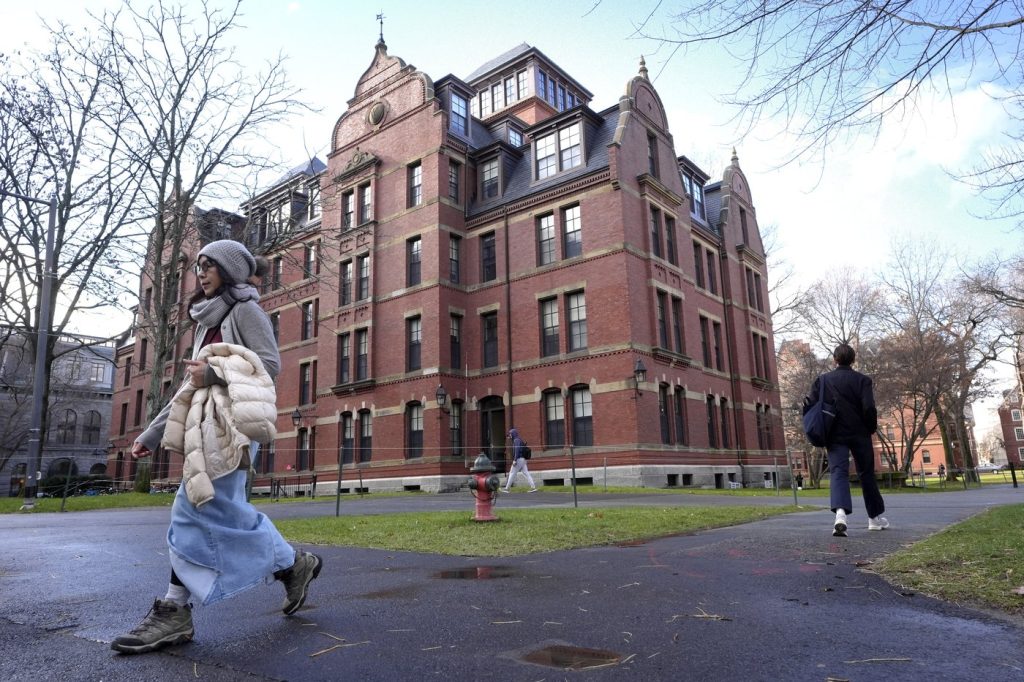Paris police recently announced a significant development regarding a stolen cultural artifact. After nearly four decades, a bust of Jim Morrison, the iconic lead singer of the legendary rock band The Doors, has been recovered. The bust, which was taken from Morrison's grave in the famed Père-Lachaise cemetery in Paris, was originally stolen in 1988. This cemetery is renowned as a pilgrimage site for fans and admirers of Morrison, who is remembered as a pivotal figure in rock music and poetic expression.
The successful recovery of the bust occurred during an unrelated investigation conducted by a financial anti-corruption unit within the Paris police force. The circumstances surrounding the bust's rediscovery highlight the complexities involved in the investigation and the unexpected intersections of law enforcement efforts. It is noteworthy that when law enforcement agencies pursue inquiries in areas such as financial corruption, they sometimes uncover valuable archaeological artifacts or pieces of cultural heritage that may have been lost or stolen.
The significance of the bust is not merely due to its ties to Jim Morrison, but also because it represents the enduring legacy of 1960s counterculture and the artistic movements of that era. Morrison, known for his enigmatic personality and poetic lyrics, remains a symbol of artistic rebellion and a figure of fascination. His grave at Père-Lachaise, where the bust stood, has been a gathering site for countless fans from around the world, reflecting the continuing influence of his work and life.
To provide further insight into the cultural implications of this recovery, François Picard has invited Anaïs Grateau, the Head Librarian of the Henry Clay Frick Fine Arts Library at the University of Pittsburgh Library System (ULS), to join the discussion. Grateau’s expertise in fine arts and cultural institutions will enrich the dialogue surrounding the significance of this recovery and what it implies for contemporary understandings of cultural heritage and preservation.
The recovery of the bust serves as a poignant reminder of the fragility of cultural heritage and the importance of efforts in both law enforcement and cultural preservation. It opens up discussions about how stolen artifacts impact the narratives of the artists they represent, as well as the emotional and historical connections that fans maintain with such figures. As the story of the bust unfolds, it beckons a closer examination of art theft, restitution, and the role of law enforcement in safeguarding cultural icons.
In conclusion, the recovery of the Jim Morrison bust from Père-Lachaise cemetery does more than just mark the return of a physical object; it reinforces the need for heightened awareness and action toward protecting cultural heritage. The case stands as a testament to the diligent and sometimes unexpected paths of inquiry that lead to the restoration of lost history, reminding us of the intrinsic value that such reminders of the past have for society today.












